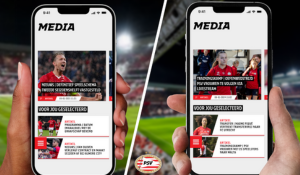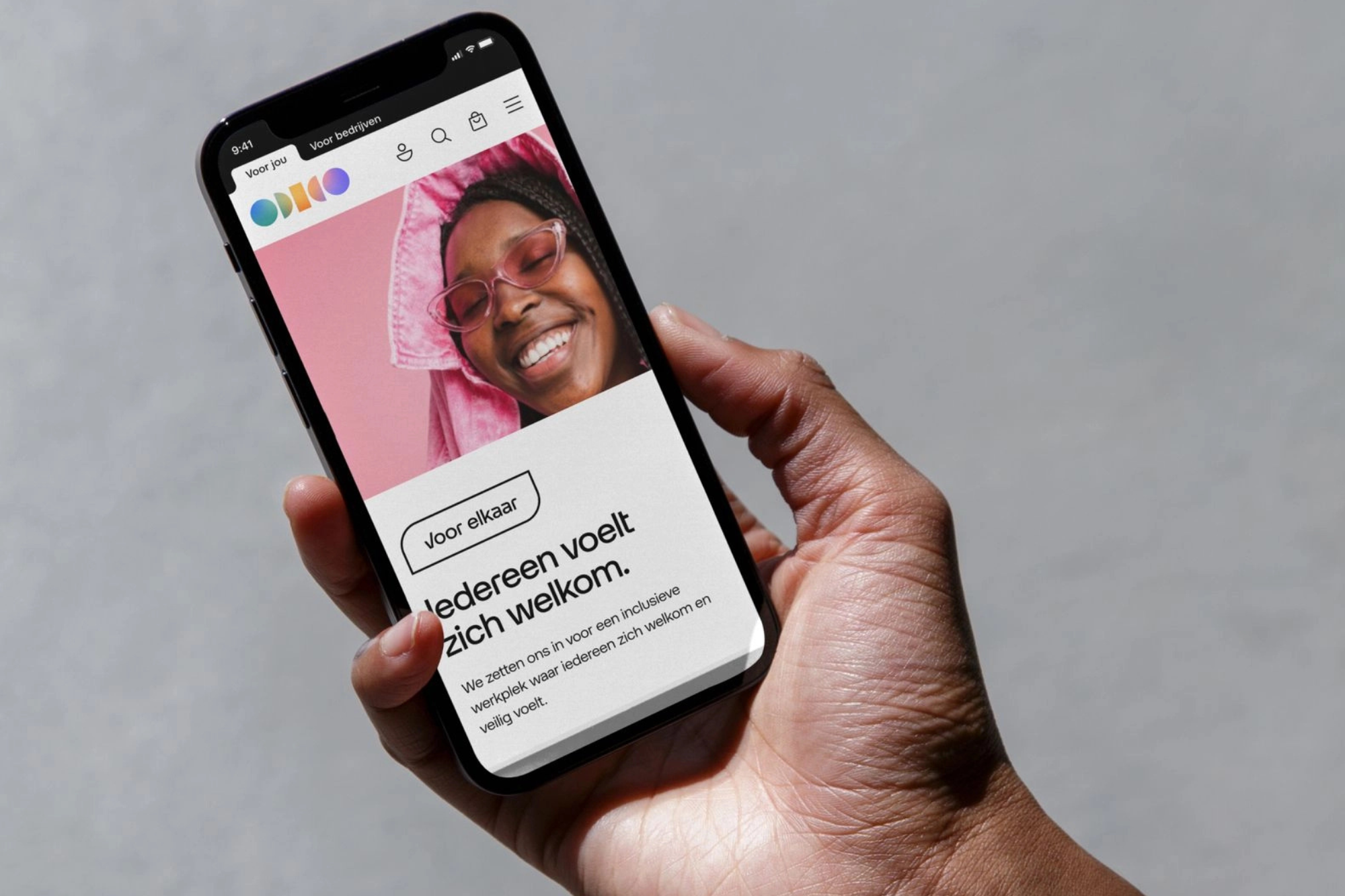User Experience (UX) design has become a buzzword, often mentioned but rarely fully understood. As we've recently delved into the specifics of Accessibility, a crucial part of UX, it's time to explore the larger picture: What is UX, really?
The essence of UX
At its core, UX is about solving user problems and creating experiences that are relevant, easy, enjoyable, and accessible. It’s a discipline that encompasses every aspect of a product or service that the user interacts with, considering how all these elements fit together to form a cohesive, user-friendly whole.
The term "User Experience" itself gives away its focus: the users and their journey. Every experience has a beginning and an end, but users tend to remember only the peak moments and the conclusion of their interactions. This phenomenon, known as the "recency effect," underscores the importance of creating memorable high points and a satisfying ending in any user journey.
UX is not a one-size-fits-all discipline. It varies significantly depending on the target audience and the specific experience being designed. This variability means that thorough audience- and market research is essential. Understanding who your users are, their needs, preferences, and pain points is the foundation of providing a good User Experience.
Key components of UX
One of the most intriguing aspects of UX design is that there are no strict rules that you can apply. What works for one product or service may not work for another. This fluidity requires designers to be adaptable, creative, and user-focused at all times.
While UX is the overarching framework, it consists of several components, including User Interface (UI) design and Accessibility. UI design is about creating interfaces that are visually appealing and easy to navigate. Accessibility ensures that products and services are usable by people of all abilities. Both are integral parts of the UX puzzle, contributing to the overall user experience.
Experience is inherently subjective. What delights one user might frustrate another. This subjectivity makes user testing an essential part of the UX design process. Unfortunately, it’s often overlooked when setting up a website or developing a product. User testing involves real users interacting with your design, providing invaluable insights that help you craft designs that are genuinely valuable to your audience.
These are the steps to a great User Experience
Creating an effective user experience involves several key stages, from initial research to final release. Here’s a closer look at the process:
- Research: This includes developing personas, mapping the user journey, and identifying touchpoints, pain points, and opportunities for improvement. Research also involves understanding the goals of the business in relation to the user.
- Wireframe/Prototype: Designing wireframes and prototypes to visualize and test the layout and functionality before the final build.
- User Testing: Conducting usability testing where the target audience interacts with the product, providing feedback on their experience. This helps identify gaps in the design and ensures that it meets user expectations.
- Release: After refining the design based on user feedback, the final product is released. Post-release, it's important to validate improvements and analyze whether the product achieves the desired experience.
Dont forget the looks!
For a UX design to be successful, it must be both usable and aesthetically pleasing. Usability ensures that the product is functional and easy to use, while aesthetics engage users and create a memorable experience. Combining these elements leads to a design that users not only use but also enjoy and remember.
Moreover, UX design is a collaborative effort. It involves working closely with other disciplines such as marketing, development, and customer support. This cross-functional collaboration ensures that every aspect of the user experience is considered and optimized, from initial engagement to long-term use.
The impact of good UX design extends beyond just user satisfaction. It can drive business success by increasing user engagement, improving conversion rates, and fostering customer loyalty. A well-designed user experience can differentiate a product in a crowded market, providing a competitive edge.
Want to learn more about enhancing user experiences? Check out our other blog on 10 Heuristics for a Better User Experience or download our easy (Dutch) UX Checklist.




